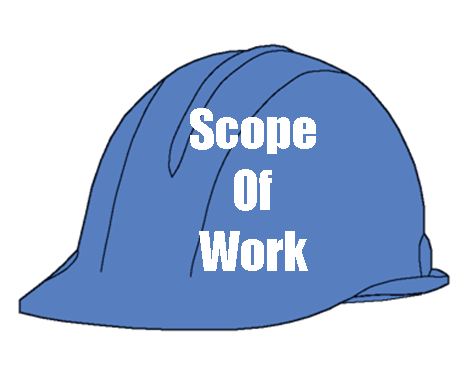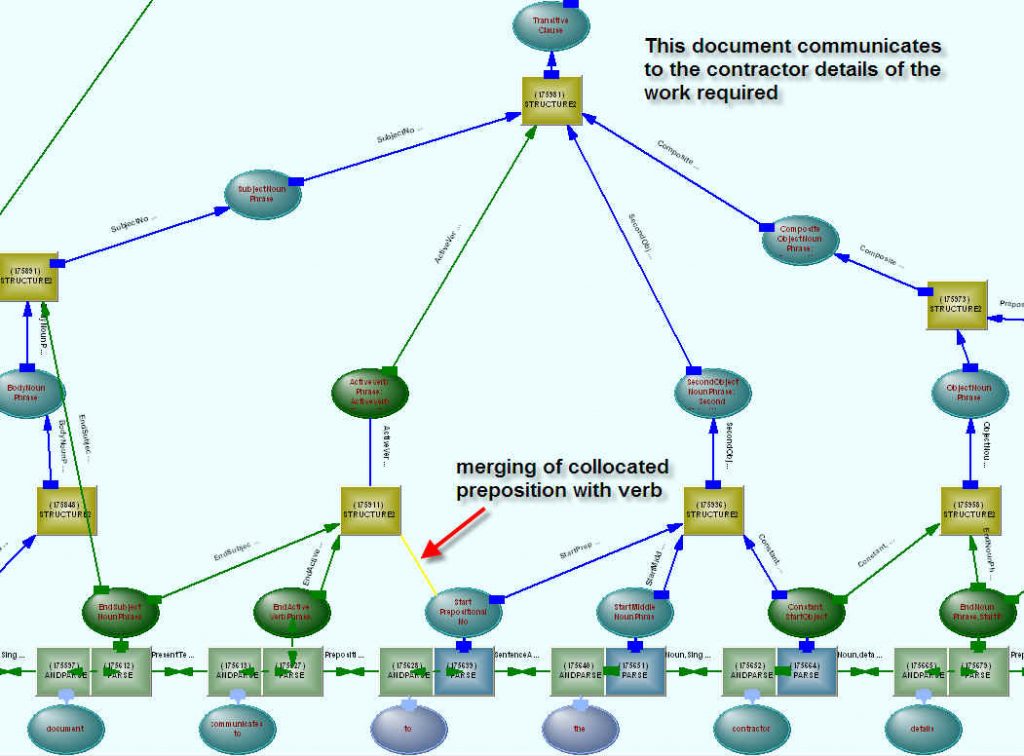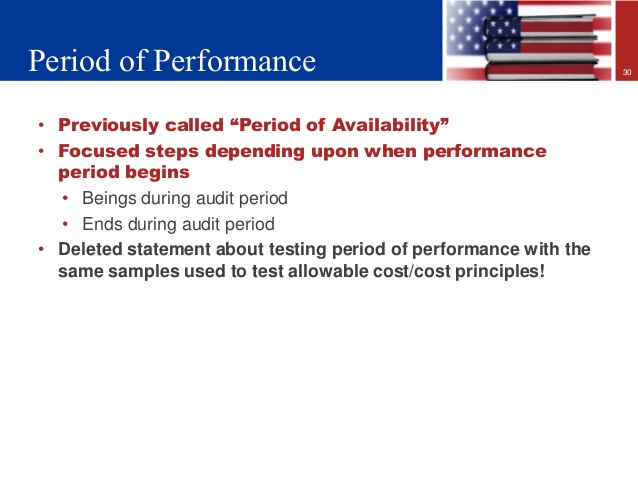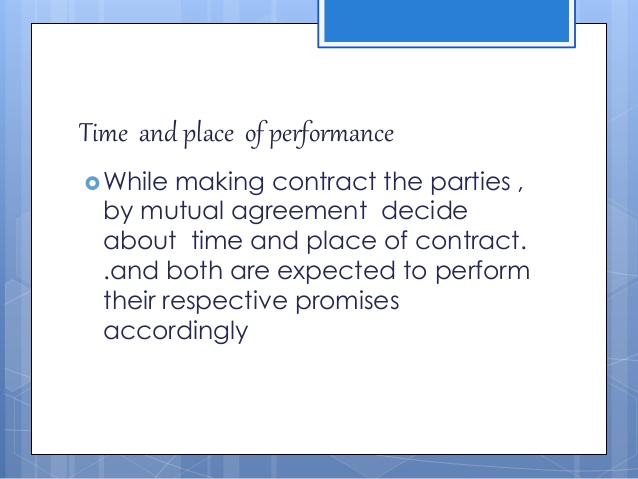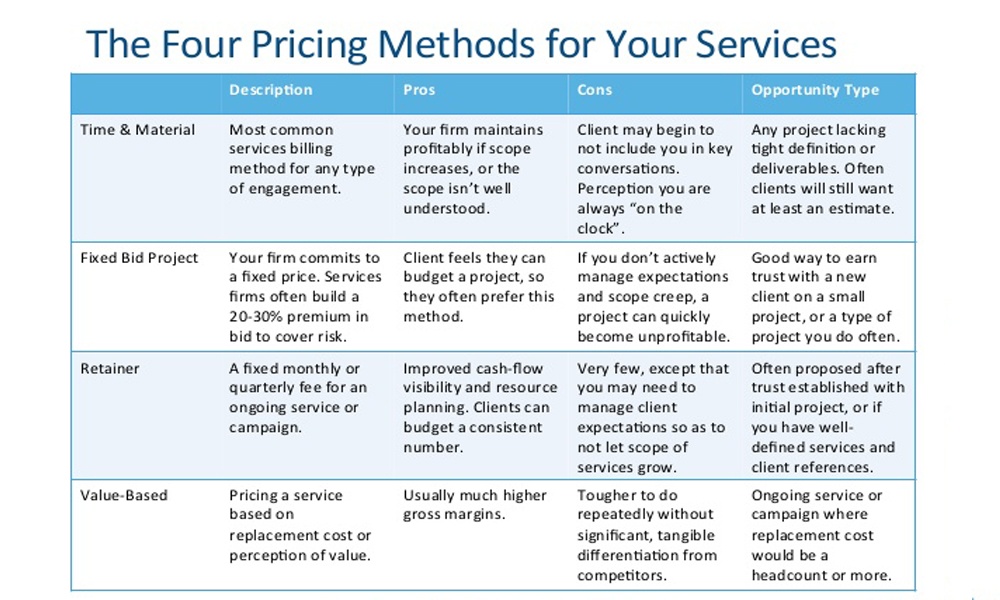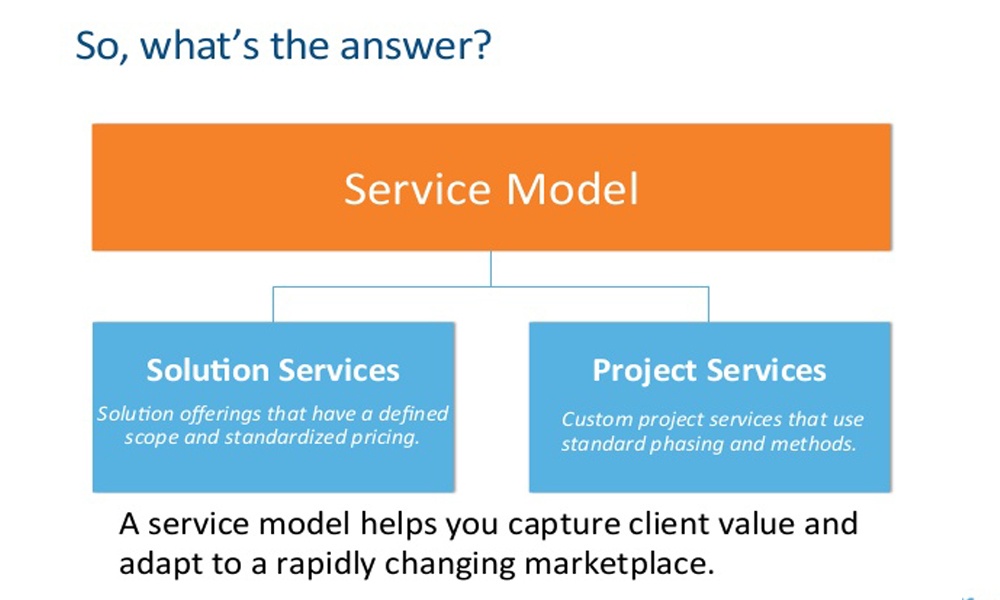
The Next Step in the Process is a Statement of Work Format
Regardless of the industry, it is important to make sure to include the following sections in any SOW when in the Statement of Work Format Procedure. These sections are important because they capture all the information both parties will need to ensure work is done according to the agreed-upon specifications. The Statement of Work Format for most projects includes the following components.
Introduction
The introduction is where the company will identify the type of work to be done, whether it’s performing a service or creating a product. This is also where the company identifys the two parties involved: the client, vendor, buyer or entity, and the contractor, supplier, provider or agency. The introduction also covers the type of formal agreement that the Statement of Work Format will be used to create:
- Standing offer: A vendor agrees to let a client or buyer purchase products or services at a certain price for a certain period of time.
- Contract: A more formal and legally binding agreement, where the details are agreed upon by both parties.
Objectives/Purpose
This section describes why the work is being done. It talks about the purpose and objectives of the project and why they are important. It may discuss specific benefits or improvements the project is expected to bring, or may simply be a high-level overview of project goals and objectives in the Statement of Work Format.
Scope of Work
The Scope of Work section outlines the work that needs to be done and the processes involved in completing the work. It covers the project outcome in terms of a service, product or time commitment, and clarifies an acceptable outcome. It may include a high-level bulleted list of the steps that need to be taken to complete the work. However, detailed task lists should go in the Requirements and Tasks section in the Statement of Work Format (see below).
As an example, the scope section for a gas station development project might include steps such as “develop raw land” and “test for ground water,” while the requirements and tasks section would break down the actual tasks involved in these processes, such as “code restrictions and compliance for the Municipality, County and State the project was in”. All this is part of the Statement of Work Format and will make the entire site development process much smoother.
In some Statements of Work Format processes, Land and clearing requirements are listed in the scope section. In others, they may be listed under requirements and tasks. If requirements are technical and specific, it may make more sense to break them off into a separate section.
Requirements and Tasks
The requirements and tasks section breaks down the scope into more granular tasks. This section also lists requirements that contractors or service providers must meet (for example, certain training, certifications or security clearances) or equipment and licenses that should be used.
Make sure to list all the important tasks that need to be done to complete the project in this section. The tasks can be broken down into tasks distributed out into lists for different phases. For example, create a list for the surveying phase, a list for the land clearing phase, and a list for the build phase.
Note: Tasks are different than deliverables. A task is an action that must be undertaken, while a deliverable is the end project or final outcome of a task. For example, in a construction services Statement of Work Format, a task might be “write a project brief,” while the deliverable would be the rough blueprint itself. (See the “Deliverables” section below for more information.)
Period of Performance
The period of performance defines the time period during which work will be performed. It’s important to determine this up front, since time can be an important factor in the ultimate cost of a project. The period of performance may be measured in one of the following ways:
-
Specific, predetermined dates
-
A given period of time (e.g., “one 12-month period”
-
An end date that coincides with some other event (e.g., the date a new governmental regulation goes into effect)
If needed, the client can also include constraints on the amount of time contractors or vendors can spend on the work, such as a maximum number of billable hours per week or per month. If delays occur during the course of the project that may interfere with completing it on time, it may be necessary to adjust the Statement of Work Format —and project costs—accordingly.
Note: The period of performance is different than the deliverables schedule. The deliverables schedule lays out, in detail, when specific deliverables are due, whereas the period of performance is high-level, and only describes the duration of the contractor’s work.
Place of Performance
Place of performance describes the location where work on the project will be performed. If applicable, it also lists what facilities or equipment will be used. If any regular meetings will be held as part of this project, include where the parties will meet. Locations may include:
- On-site, at the client or entity’s facilities
In this section, list all the deliverables the vendor, supplier or contractor will deliver to the client, buyer or entity. Include specific descriptions of the deliverables, including quantity, size, color, number of each resource, and anything else that may apply. Remember, deliverables are not the same as tasks; these are the quantifiable products or services that are being supplied to the client from the contractor.
The client should also include a detailed schedule of when each deliverable is to be completed, along with dates for any other significant project milestones, such as:
-
Vendor selection
-
Kickoff
-
Period of performance
-
Reviews of product or service stages
-
Building/development
-
Implementation
-
Testing
-
Warranty and maintenance (for software development projects)
-
Project closure
While deadlines and end dates for deliverables must be included, start dates may be optional, depending on the size and location of the project. For example, a start date might be important in a construction project which is replacing an active building with a new facility, while stakeholders in a new raw land development project may only care about due dates.
Again, this schedule (or “timeline,” as it is often referred to in project management) is different than the period of performance, which only encompasses the time during which the contractor’s work is being performed.
Payment Terms and Schedule
In the payment terms and schedule section of the Statement of Work Format, the client will outline pricing for the work to be performed, along with the terms and schedule on which payments will be made. Make sure to include the entire cost of the work, including labor and any outside expenses that will accrue during the course of the project.
There are two ways a client can set up your payment terms:
- By milestone or deliverable: Payment is due upon completion of each milestone or deliverable. This model is typically better for the client or entity. This way, if any work is delayed, the client does not have to pay until they get the deliverables required in the Statement of Work Format.
- By schedule: Payment is due according to fixed dates or days of the week or month, according to the schedule laid out in this section of the Statement of Work Format. This model is generally better for the contractor or supplier, since it guarantees payment at certain times, no matter what stage the work is in.
- On-site, at the vendor or contractor’s facilities
- At a remote location of the contractor’s choosing
Whether work is performed on- or off-site may depend on the industry and the type of job. For example, a Site Development project may be performed remotely from the offices of either the contractor or the client. However, a government building contract would have to be performed on-site, at the location of construction.
Resources and Testing
In the resources and testing section of the Statement of Work Format, make a list of the key personnel involved in the project, such as the project forman, team leaders, and any other key players on both the client’s and the contractor’s sides. Also include any equipment or other resources that will be used in the completion of the work, such as earth movers and heavy supply delivery equipment.
Deliverables and Schedule/Timeline
So what is the Best way to Create a Statement of Work?
- Risks of an incorrect SOW – An SOW is a document with legal weight, which is used in the contract creation and management process. As a result, there are real legal, financial, and operational risks for an organization that writes an SOW improperly. For example, if the client is unclear in their specifications, which causes the contractor to perform the work improperly, a legal battle could ensue over which party is responsible for correcting the mistakes—and both parties’ reputations could be at risk. For this reason, a good professional Construction Consulting firm, one well versed in SOW’s such as Nationwide Consulting, LLC may be a cost saver in the long run in more ways than one.
- Time commitment – Writing an effective SOW can be a time-consuming process. Due to the risks involved, a project should not be rushed, nor should any shortcuts be taken. Using a professional Construction Consulting firm like Nationwide Consulting, LLC will save the learning curve involved in proper formatting and inclusion of an SOW. In fact the whole process can be transparent to you as it becomes a function of the Construction Consulting firm, if you so desire.
- Expertise – If you don’t have the knowledge and experience to write an SOW, it can be hard to find qualified writers who understand all the guidelines and requirements. The SOW is typically written by larger clients, but authors may vary, and more than one author may participate. This may include anyone from the project manager to a third-party. A good experienced consulting firm can help coordinate in this situation, and Nationwide Consulting, LLC has on too many projects to mention here over the last 3 decades.
Nationwide Consulting, LLC can help with all aspects of SOW’s as well as SOO, RFP or any other contracts and bid offerings that may be needed. Give us a call to discuss your next project, you will discover a firm, qualified, licensed and ready to serve all you Construction and Development needs based in Central Florida, but a quick flight to anywhere in the world. No project is too large, but we can help with the smaller ones as well, call us today: 407-688-2657




